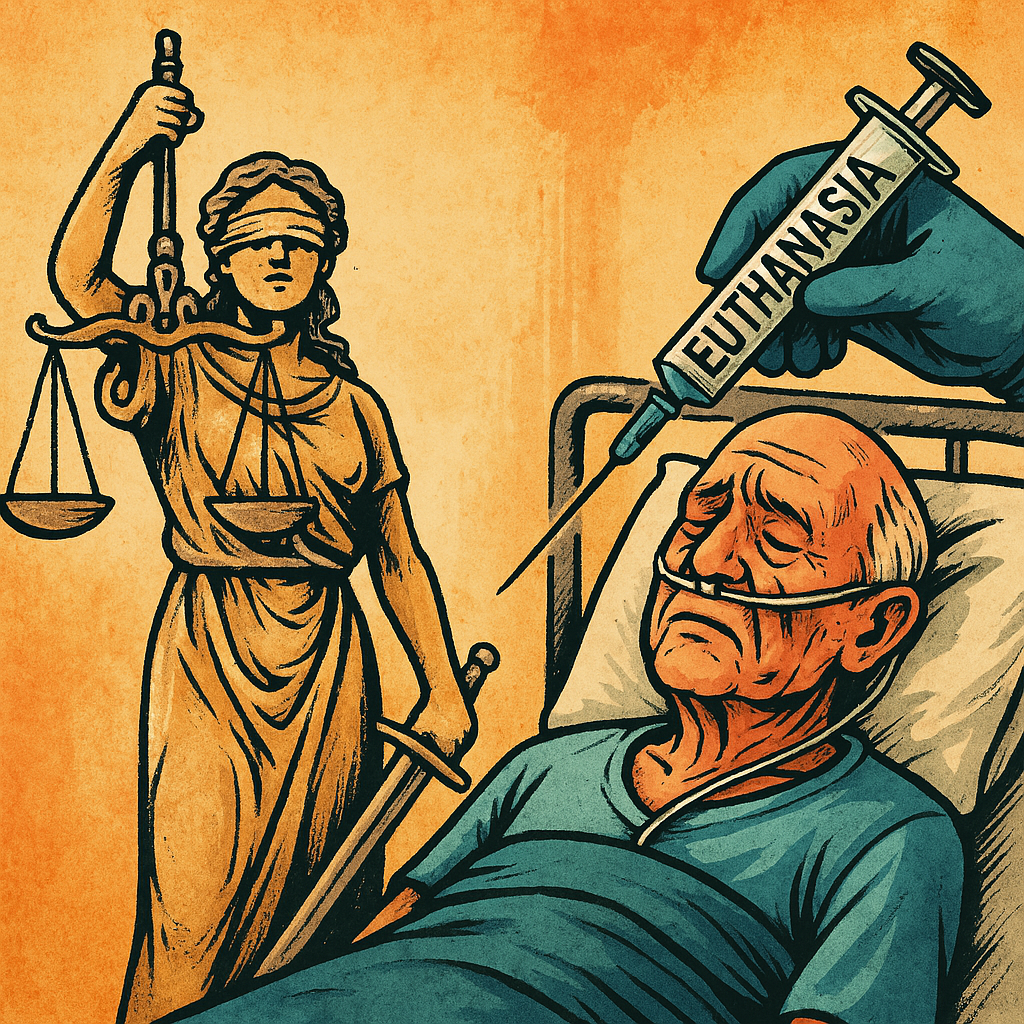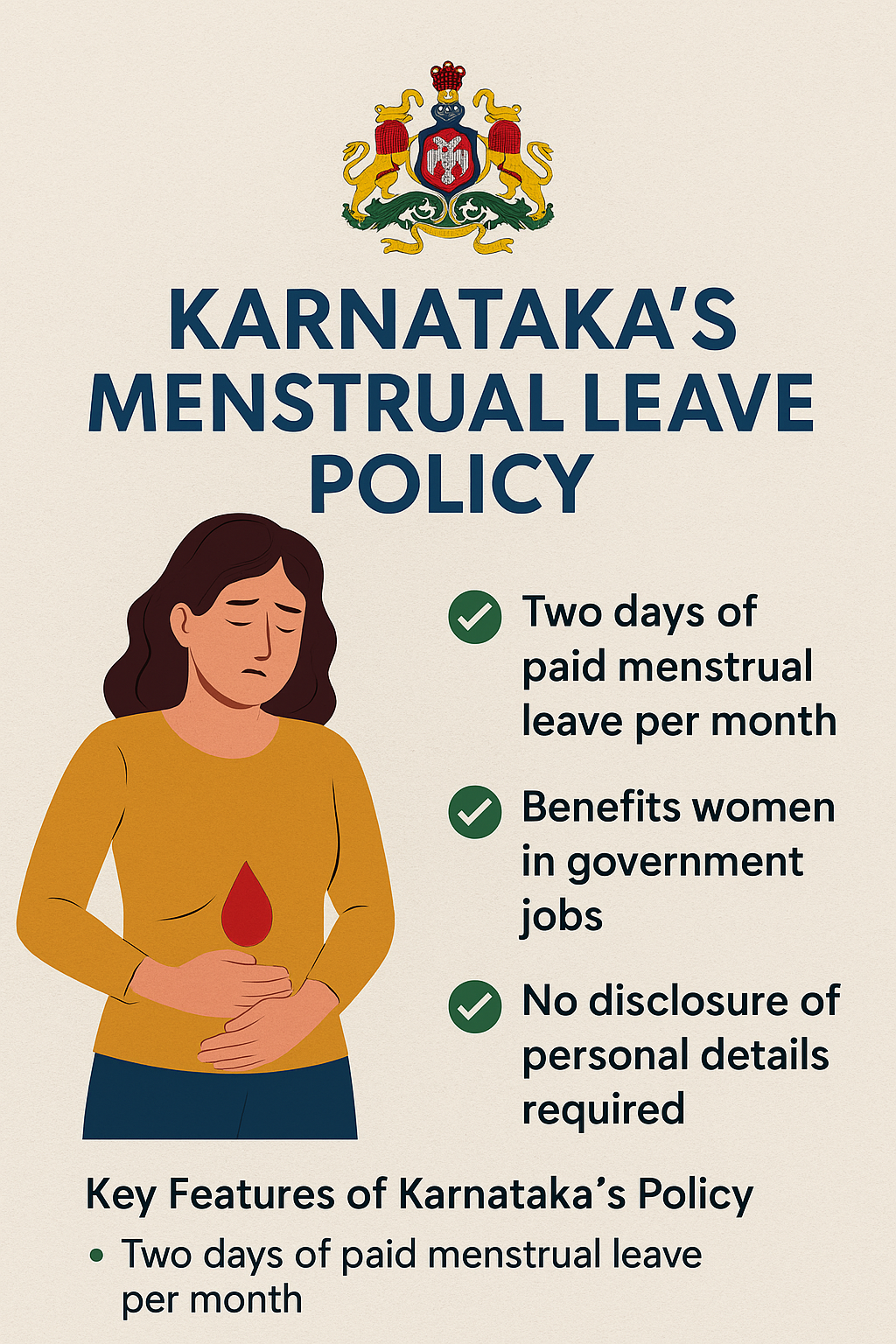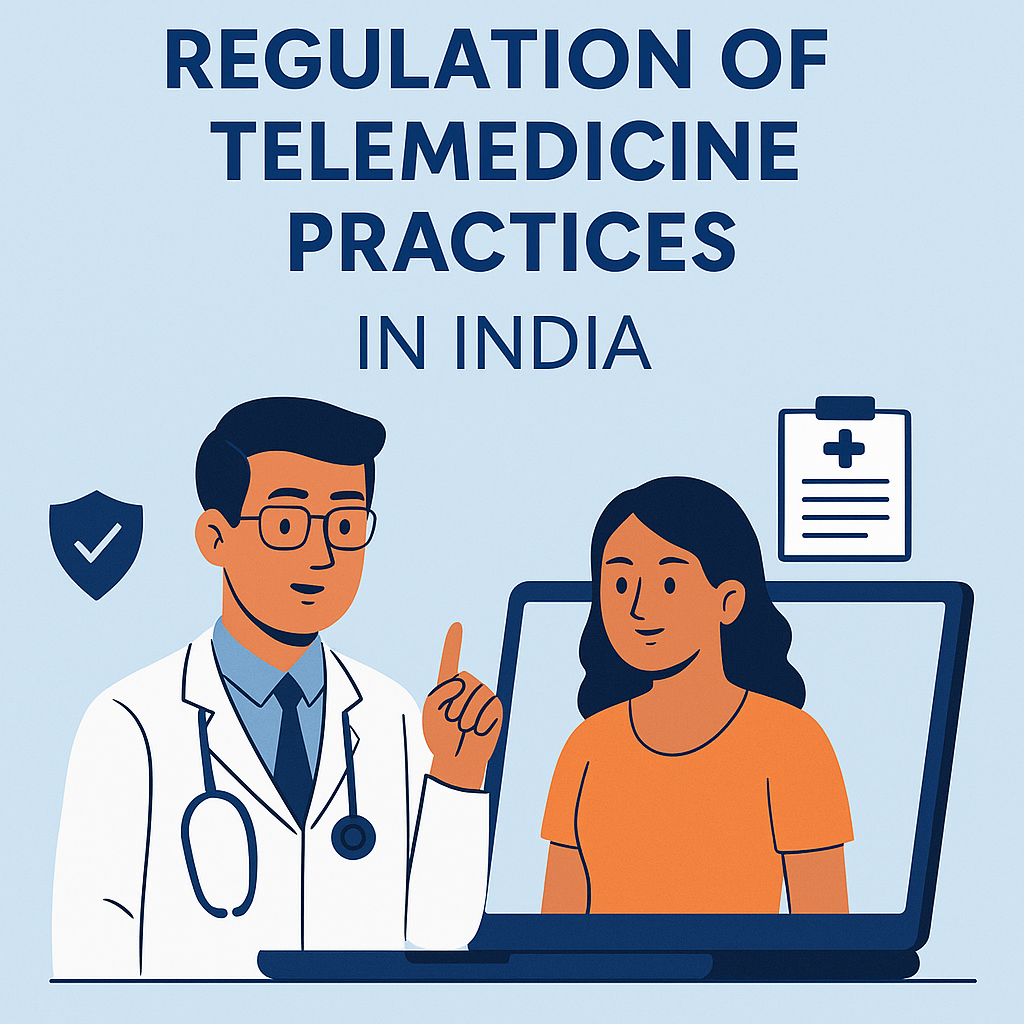Punitive Damages in Personal Injury Lawsuits under Personal Injury
💥 Punitive Damages in Personal Injury Lawsuits
🔎 1. What Are Punitive Damages?
Punitive damages (also called exemplary damages) are monetary awards granted in addition to compensatory damages in civil lawsuits. Unlike compensatory damages (which are intended to reimburse a victim for losses), punitive damages are meant to:
Punish the defendant for especially egregious conduct, and
Deter the defendant and others from engaging in similar behavior.
🔔 Key Point: Punitive damages are not automatic and are only awarded under specific circumstances where the defendant’s conduct was particularly wrongful.
⚖️ 2. Legal Basis for Punitive Damages
The legal authority for punitive damages comes from state tort law (there’s no federal common law of torts). Most states allow punitive damages in personal injury cases but under varying thresholds.
Generally, to justify punitive damages, a plaintiff must prove the defendant acted with:
Malice
Fraud
Oppression
Gross negligence
Willful and wanton misconduct
Reckless indifference to the rights or safety of others
🛑 3. When Are Punitive Damages Awarded in Personal Injury?
Punitive damages may be awarded in personal injury cases involving:
Drunk or impaired driving
Intentional harm (e.g., assault, battery)
Gross medical negligence
Product liability with willful disregard of danger
Employer negligence in hiring or supervision
Dangerous conditions ignored despite known risks
🧑⚖️ 4. Standard of Proof
In most states, punitive damages must be proven by:
Clear and convincing evidence (higher than preponderance of the evidence, lower than beyond reasonable doubt)
Some jurisdictions require a unanimous jury verdict for punitive damages.
💰 5. Limitations on Punitive Damages
A. Constitutional Limits – Due Process Clause
The U.S. Supreme Court has placed limits on punitive damages to ensure they are not grossly excessive.
✅ Key Case: BMW of North America v. Gore, 517 U.S. 559 (1996)
Facts: BMW failed to disclose pre-sale repainting of a car. Jury awarded $4 million in punitive damages on a $4,000 compensatory award.
Ruling: SCOTUS held the award was excessive and violated due process.
Guidelines established (Gore factors):
Degree of reprehensibility
Ratio of punitive to compensatory damages
Comparison to civil penalties in similar cases
B. State Statutory Caps
Many states cap punitive damages. For example:
California: No specific cap, but subject to constitutional limits.
Texas: Capped at the greater of $200,000 or twice the economic damages plus non-economic damages (up to $750,000).
Florida: Usually capped at 3x compensatory damages or $500,000 (whichever is greater), with exceptions.
🧾 6. Case Law Examples: Punitive Damages in Personal Injury
🔹 Liebeck v. McDonald’s Restaurants (1994)
(Also known as the Hot Coffee case)
Facts: 79-year-old woman suffered third-degree burns from coffee served at ~190°F. McDonald’s had prior knowledge of burn risks from hundreds of complaints.
Punitive Damages: Jury awarded $2.7 million in punitive damages (equal to two days of McDonald’s coffee sales).
Reduced to: $480,000 by the judge.
Significance: Shows how corporate disregard for safety can justify large punitive awards.
🔹 Grimshaw v. Ford Motor Co., 119 Cal. App. 3d 757 (1981)
Facts: Plaintiff burned in Ford Pinto rear-end collision; design defect in fuel system.
Evidence: Ford knew of the defect but chose not to fix it due to cost-benefit analysis.
Punitive Damages: $125 million (reduced on appeal)
Significance: Classic example of punishing profit-over-safety corporate behavior.
🔹 State Farm Mutual Auto Ins. Co. v. Campbell, 538 U.S. 408 (2003)
Facts: State Farm acted in bad faith during a claim settlement.
Punitive Damages: Jury awarded $145 million in punitive damages; compensatory was $1 million.
Ruling: SCOTUS held that a 145:1 ratio was constitutionally excessive.
Key Takeaway: Punitive damages should generally not exceed single-digit multipliers of compensatory damages.
🔹 Philip Morris USA v. Williams, 549 U.S. 346 (2007)
Facts: Plaintiff's husband died from smoking-related illness; claimed Philip Morris misled consumers.
Punitive Damages: Jury awarded $79.5 million.
Ruling: SCOTUS reversed, saying juries cannot award punitive damages to punish harm done to non-parties.
Takeaway: Punitive damages must be based on plaintiff-specific harm, not general societal wrongdoing.
🔹 Owens-Corning Fiberglas Corp. v. Malone, 972 S.W.2d 35 (Tex. 1998)
Facts: Plaintiff exposed to asbestos; company knew of risks but failed to warn.
Punitive Damages: Award upheld due to clear disregard for human safety.
Relevance: Punitive damages sustained where corporate concealment leads to injury or death.
📦 Real-World Example: Drunk Driving Injury
Scenario: Plaintiff injured in a car crash caused by a drunk driver with multiple prior DUI convictions.
Legal Theory: Negligence and gross recklessness.
Punitive Justification:
Defendant consciously disregarded safety
Clear and convincing evidence of willful misconduct
Potential Award: Significant punitive damages possible even if compensatory damages are moderate.
✅ Summary Table
| Element | Explanation |
|---|---|
| Purpose | Punish and deter egregious or reckless conduct |
| Standard of Proof | Clear and convincing evidence |
| Applies When | Defendant acts with malice, fraud, gross negligence, or willful misconduct |
| Limits | Constitutional (e.g., Gore/State Farm), statutory caps |
| Ratio Guide | 1:1 to 9:1 punitive-to-compensatory is generally acceptable |
| Typical Cases | Drunk driving, product liability, medical fraud, employer misconduct |
| Not Allowed For | Mere negligence, contract disputes, or minor errors |
🧠 Tips for Plaintiffs and Attorneys
Document willful misconduct (emails, internal memos, prior complaints)
Use expert testimony to establish recklessness or industry standard violations
Request jury instructions on punitive damages where evidence supports it
Be cautious of high punitive awards—appeals are common and courts may reduce them











0 comments